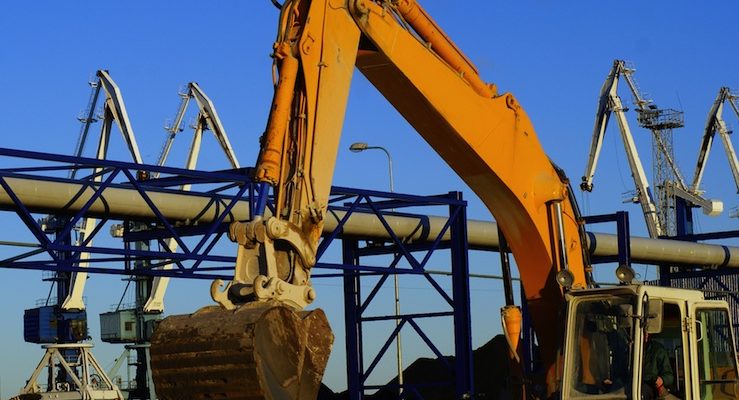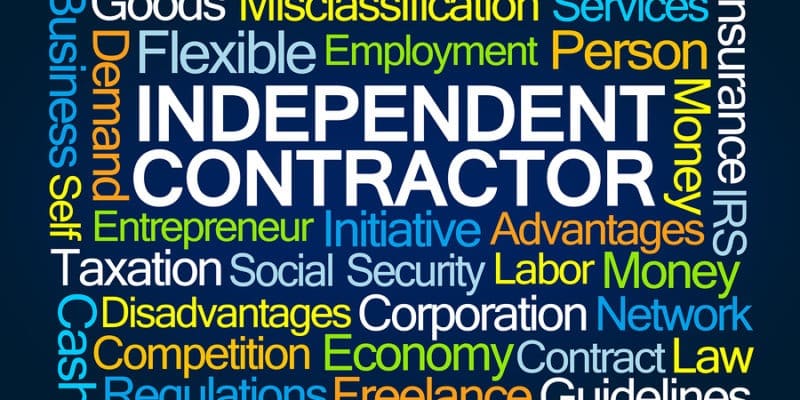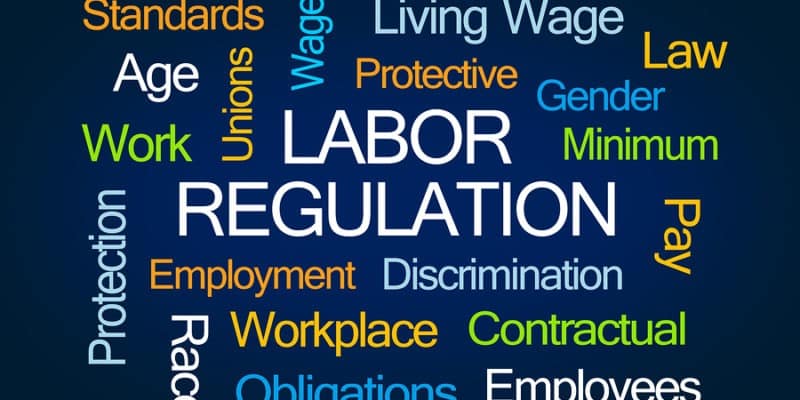Tuesday, March 19, 2019
David Calvert
Lawmakers on Wednesday will consider reversing a 2015 Republican-backed law limiting prevailing wage for school construction projects, …
Prevailing wage on school construction projects
Lawmakers on the Assembly Government Affairs Committee will review AB190, a bill that reverses some changes to prevailing wage rules that were passed under Republican control in 2015.
The measure would eliminate the requirement that public schools and colleges pay 90 percent of the prevailing wage – a sort of minimum wage for construction work – and revert it to 100 percent. It would also lower the threshold at which prevailing wage kicks in, from projects that cost $250,000 and up to $100,000 and up.
The measure is sponsored Democratic Assemblyman Skip Daly. The committee meets at 8:30 a.m.









